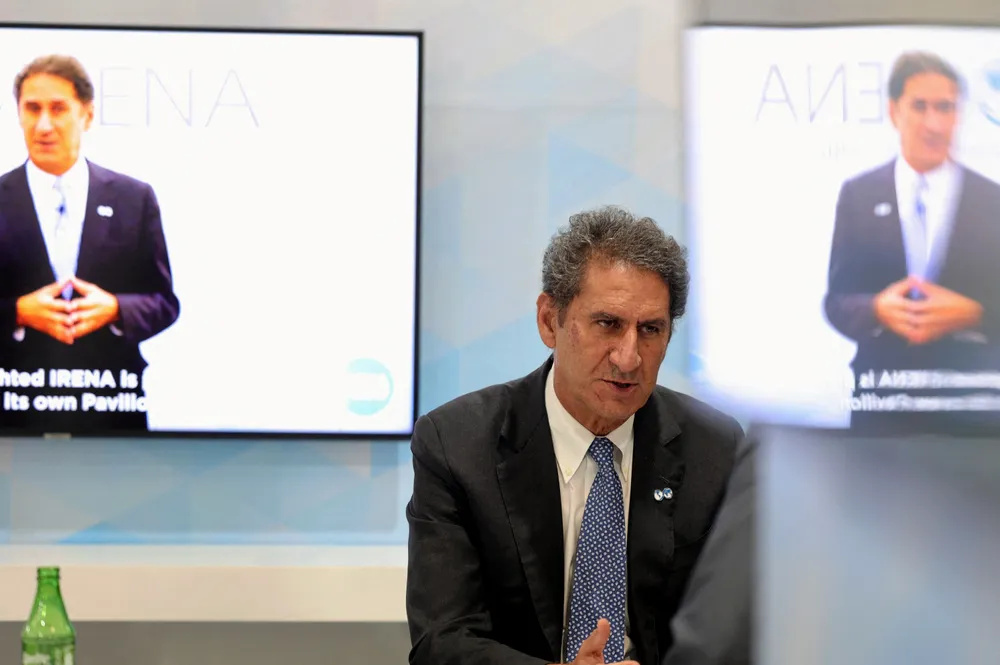To establish a thriving global clean-hydrogen market, adopt these 17 recommendations, says Irena
International Renewable Energy Agency sets out optimal strategies and policies for G7 nations in 144-page document

International Renewable Energy Agency sets out optimal strategies and policies for G7 nations in 144-page document
